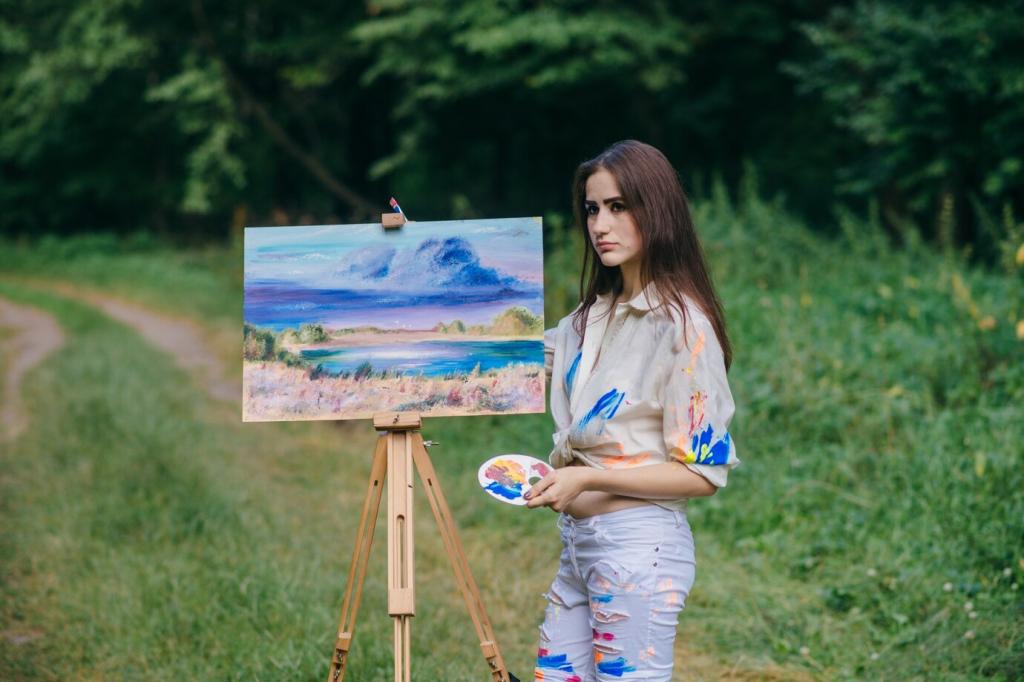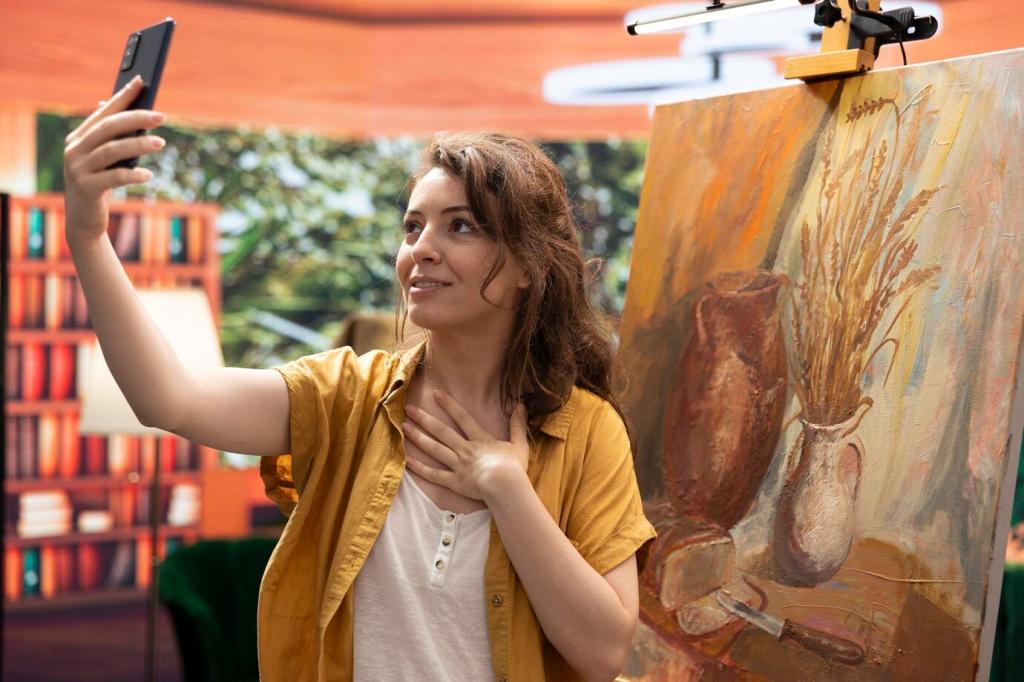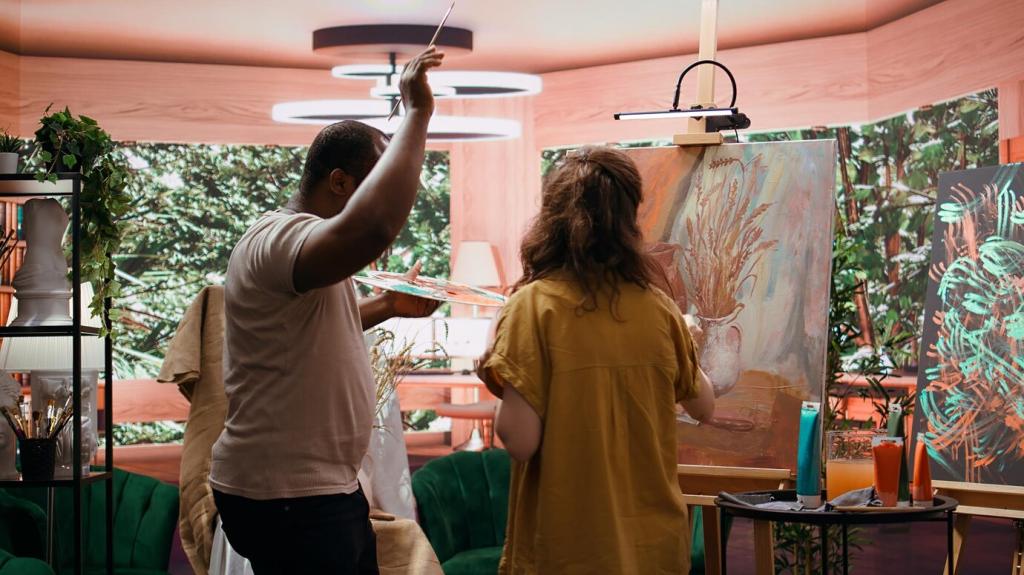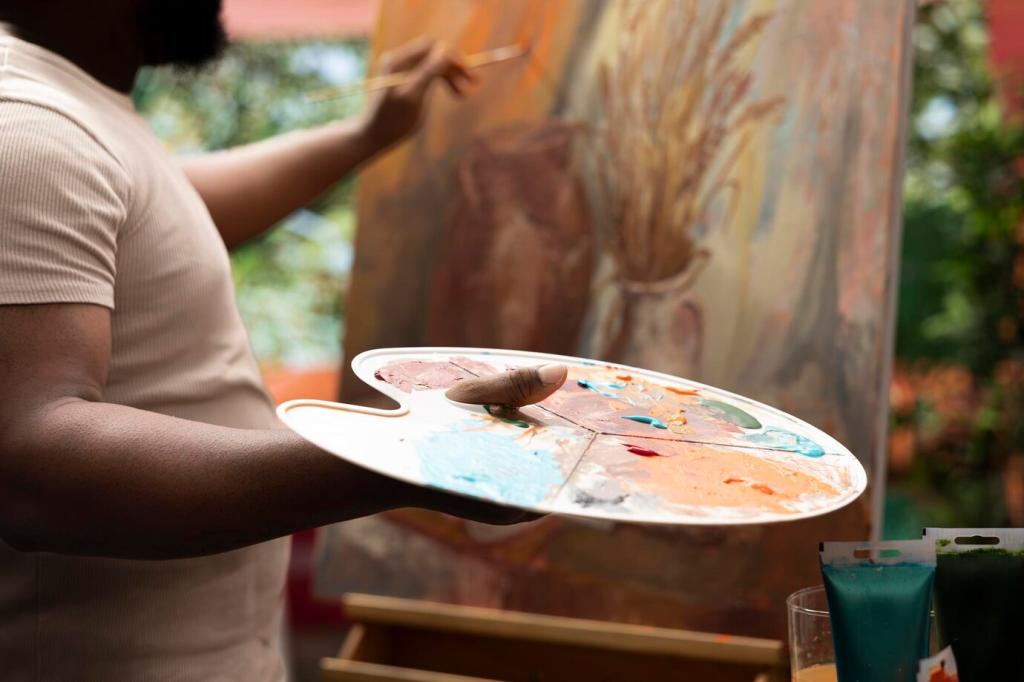Surrealism: Dream Logic on Canvas
Those melting watches are an elegant contradiction, making time feel tactile and unreliable. The tiny ants, the barren coast, the sleeping creature—each detail nags at reason. Dalí offers a precise dream, painted with razor clarity, daring us to trust what defies common sense.
Surrealism: Dream Logic on Canvas
Magritte writes a sentence that undercuts the picture above it, nudging us toward language’s slippery edges. It is both joke and philosophy, a signature Surrealist maneuver. The painting makes a gallery feel like a classroom and a playground at once—a delightful paradox.
Surrealism: Dream Logic on Canvas
Tonight, jot down a vivid dream detail—a ladder floating in a kitchen, or shoes filled with sand. Imagine it painted large, with careful realism. Share your prompt below, and subscribe to receive monthly exercises that transform dreams into visual concepts you can explore.






